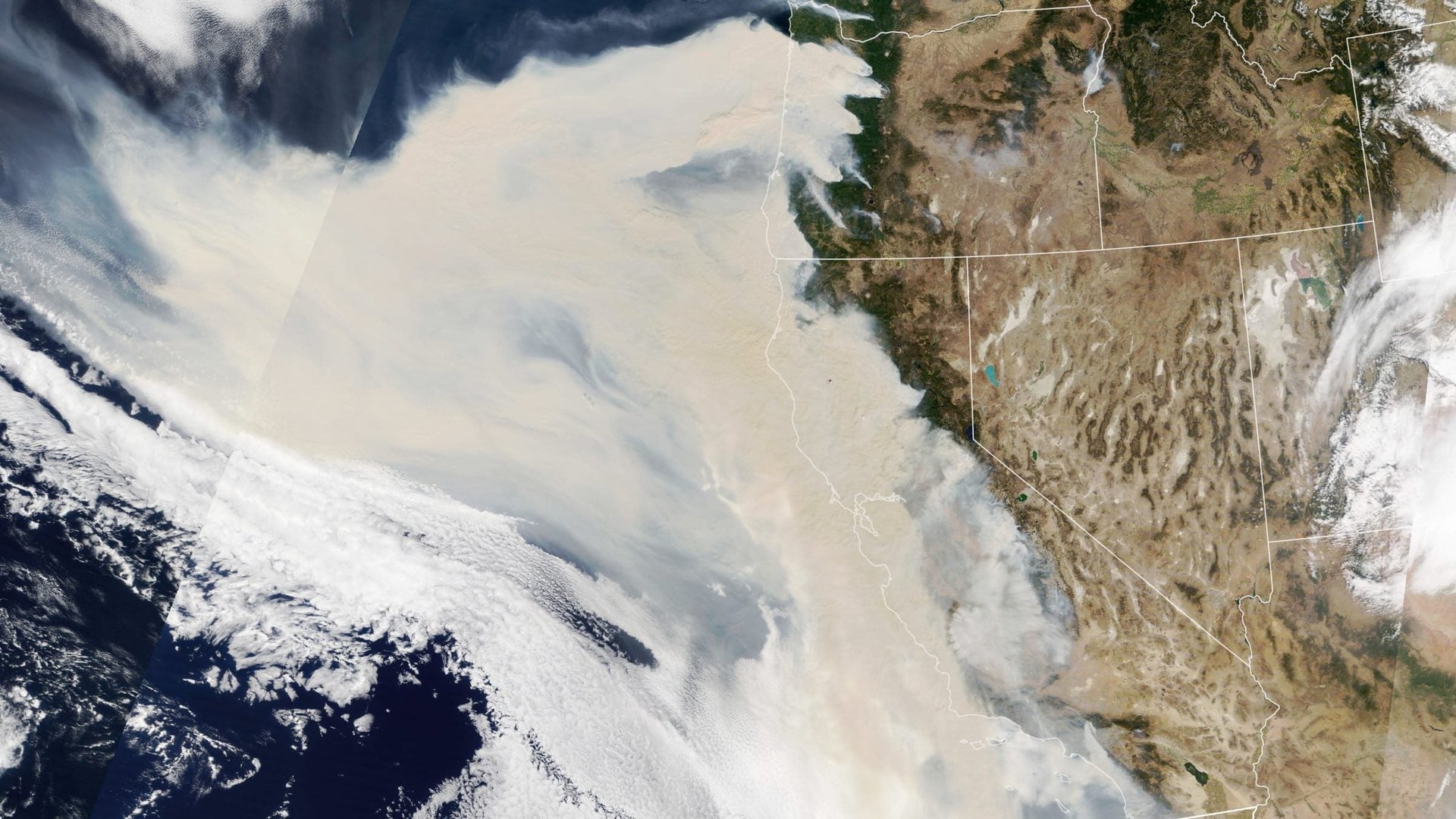California’s wildfires are producing more CO2 than its power plants
The sprawling wildfires in California and Oregon are producing record amounts of greenhouse gas emissions, according to satellite data. In both states, wildfire emissions in 2020 have already surpassed those typically released by their power sectors over the course of an entire year.


The sprawling wildfires in California and Oregon are producing record amounts of greenhouse gas emissions, according to satellite data. In both states, wildfire emissions in 2020 have already surpassed those typically released by their power sectors over the course of an entire year.
In California, cumulative CO2 emissions from wildfires for the year as of Sept. 13 reached about 83 million metric tons, according to data from the European Centre for Medium-Range Weather Forecasts. That’s the highest level since the beginning of the Centre’s records in 2003.
The fires have released about half the typical annual emissions from the transportation sector. And they’ve topped annual emissions from all of the state’s power plants—a threshold that hasn’t been passed even in recent severe fire seasons.
In Oregon, a similar story is unfolding—except there, wildfire emissions have managed to surpass annual transportation emissions as well.
Data from NASA satellites, which extend back to 1997 and use a different methodology than the European Centre, also show record wildfire emissions in California. An analysis last year from a San Francisco think tank based on state emissions data showed that fires in the state over the last few years have produced far more emissions than it has managed to cut through its clean energy policies.
California tracks wildfire emissions separately from fossil fuel emissions, so the wildfires won’t impact the progress the state makes toward its climate goals on paper. But all carbon is the same once it reaches the atmosphere.
Rob Jackson, a Stanford University earth scientist who chairs the Global Carbon Project, said wildfire emissions make the state’s climate ambitions even more urgent.
“Some people suggest that because fire emissions are now so high, California is somehow wasting its time reducing emissions from industry and agriculture,” he said. “That argument seems nonsensical to me. We need to rethink wildfire prevention and do more to slow the effects of record fire seasons that are the new normal.”